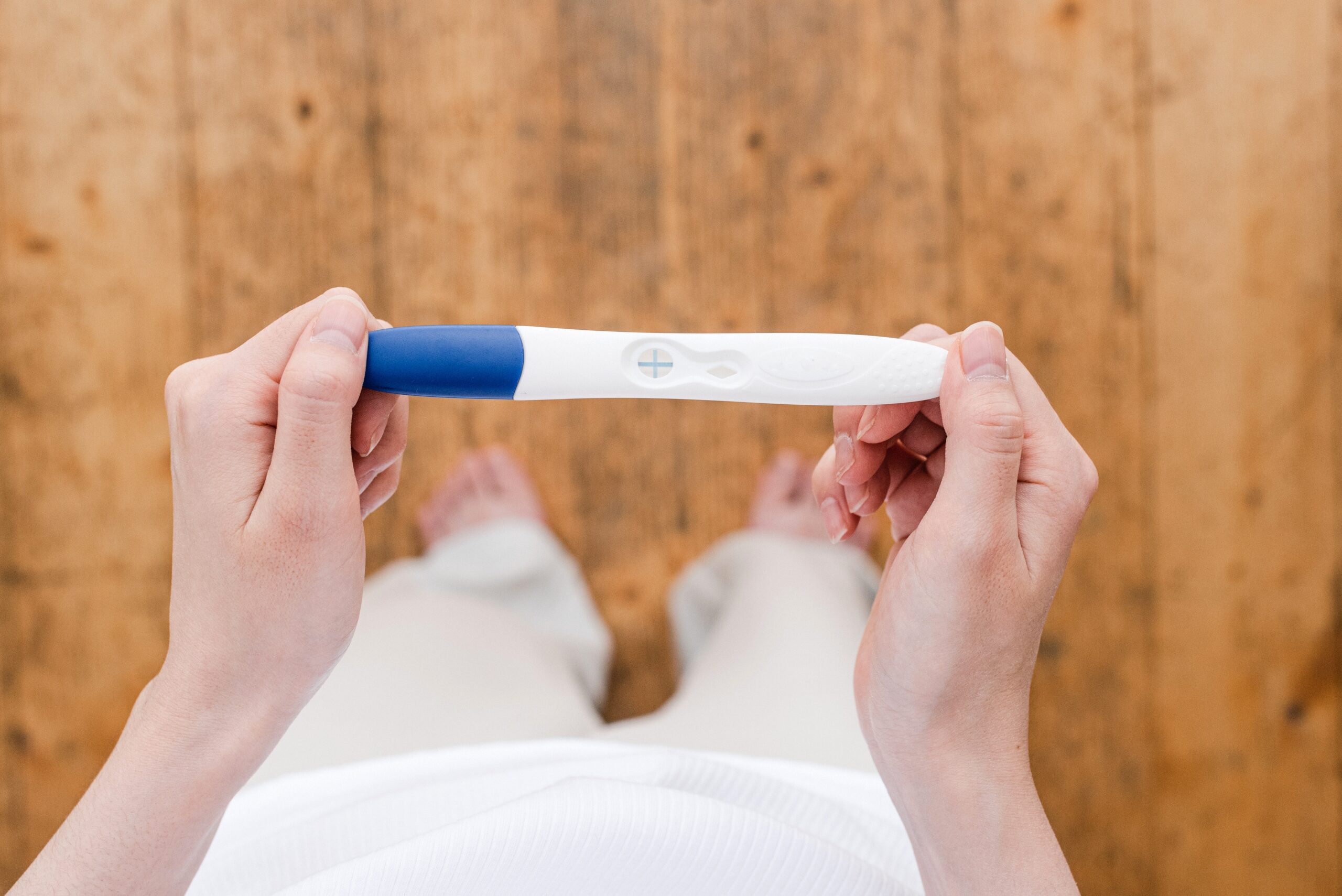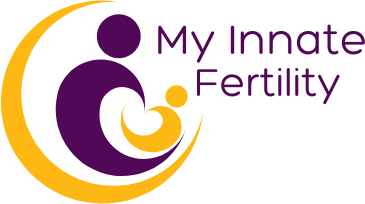How Understanding Your Menstrual Cycle Can Support Your Fertility
Understanding your menstrual cycle plays a large role in supporting your fertility journey. In our last blog, we covered the different phases of your menstrual cycle and what happens hormonally in your body. Once you’re able to fully identify the phases of your cycle, the next step to understanding your menstrual cycle plays is to learn how to track your ovulation and predict when you are most fertile.
Understanding Your Menstrual Cycle: Tracking Ovulation and Predicting Fertility
While the phases of the menstrual cycle are consistent, the actual number of days you may spend in each phase will vary from person to person. This is why understanding the symptoms of each phase can be so important. It is also why finding tools to track and predict ovulation can be helpful in your fertility journey. There are a few ways to accomplish this.
Ovulation Tracking
Being familiar with your cycle is essential to increasing your chances of pregnancy. Knowing the answers to questions such as “Do you menstruate every 28 days?” or “Are some of the months different for your cycle?” can help you assess when you are entering each of the phases of your cycle. Tracking has been made easy with apps you can add information to on your phone or mobile device. Check out this article for a few options!
Ovulation Testing
Similar to home pregnancy tests, an ovulation test assesses your urine for the presence of hormones. If your hormone levels are high, it will indicate that you are about to ovulate which gives you the ability to understand when you reach peak fertility. These ovulation tests can be easily shipped to your home.

Basal Body Temperature Charting
Your basal body temperature (BBT) is your temperature when you are fully at rest. Ovulation may cause a slight increase in BBT, meaning you are most fertile during the two to three days before your body temperature rises. By charting your BBT each day, you may be able to better predict when you’ll ovulate. This knowledge can help you predict when you are most likely to conceive. It is important to take your BBT at the same time every morning before getting out of bed. A digital thermometer like this one can be used to take your temperature.
Cervical Mucus Analysis
As you move through your menstrual cycle and your hormones shift, your cervical mucus will also change. If you discover your cervical mucus is sticky or there is not much of it, you are likely not ovulating yet. If it is creamy and more white in color, ovulation may be coming but is not here quite yet. When you find your cervical mucus to be wet, watery and slightly stretchy, ovulation is likely very close. If your mucus is very wet, more stretchy and resembles raw egg whites, it is very fertile.
Ultimately, all of these options for tracking your ovulation and fertility lead to you becoming more intune with your body and how it changes throughout your menstrual cycle. It’s also important to note that many of these techniques are best used in combination with one another.
Understanding Your Menstrual Cycle: Knowledge is Power

As a fertility coach, education is one of my most valuable tools. Empowering you to better understand your body and understanding your menstrual cycle can be an important tool to unlocking your fertility. The knowledge above, coupled with my hands-on fertility coaching and support can help maximize your chances of conception and a healthy pregnancy journey.
There are many next steps you can take to connect with My Innate Fertility. You can book a complimentary consultation call by visiting this link here! In this call you can ask any questions you have to see if fertility coaching is right for you. You can also access my FREE download on 5 Supplement Essentials to Getting Healthy here. These can help support you in your fertility goals.
Finally, I’d love to have you join my free Facebook Community with other women searching for fertility support. Through this group you can join my FREE live event on November 2nd where we will cover the ins and outs of the menstrual cycle and how to help it work to your advantage. To join us, just click here.

